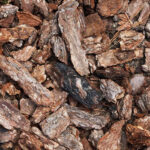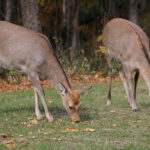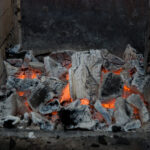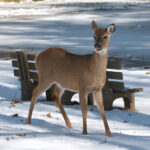Fatwood is an incredibly useful and natural fire-starting tool that can be used almost anywhere. It traditionally consists of some sort of rich wood that has a naturally high concentration of resin included.
Even though it may be a useful tool to use outdoors, is fatwood safe for wood stoves?
Table of Contents
- Is Fatwood Safe for Wood Stove?
- Benefits of Using Fatwood in Wood Stoves
- How To Start a Fire in a Wood Stove With Fatwood
Is Fatwood Safe for Wood Stove?
Fatwood is safe for wood stoves and makes it easy to build a hot, clean, long-lasting fire quickly. This all-natural firestarter contains terpene-rich resins that ignite quickly to create strong, long-burning fires.
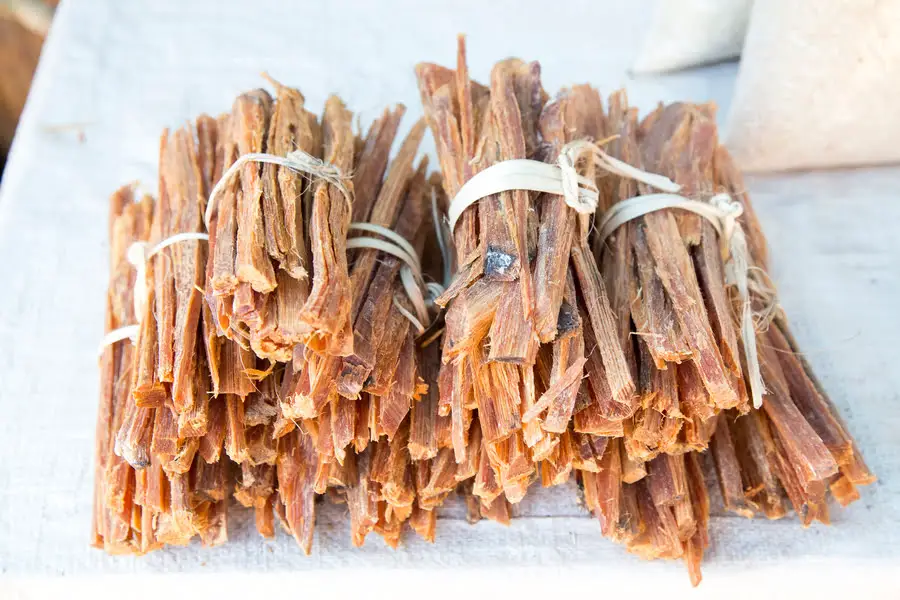
It’s easy to find in nature, so it’s ideal for homes in heavily wooded or forested areas. Fatwood ignites even when wet, thanks to its abundance of highly flammable resins.
They produce less creosote buildup than other firestarters because they burn hotter, making fatwood a good choice for kindling. Thus, Fatwood may be a great tactic to reduce dust output from your stove.
Benefits of Using Fatwood in Wood Stoves
There are many benefits to using all-natural fatwood in a wood stove, as we’ll discuss throughout this section. The takeaway, however, is that it’s a healthier alternative to other firestarters that can give off toxic chemicals in your home.
Fatwood Is Easy To Find
People lucky enough to live near forests or other wooded areas where pine trees, spruce, or other coniferous trees are in abundance may be able to locate enough fatwood to last them for years.
The wood is primarily harvested from pine trees because of its high sap concentrations.
After industrial logging operations or damaging storms, pine stumps are left behind. After two years or more, the stumps harden, and the sap inside becomes more potent.
The concentrated resin is what makes the wood so flammable, as it contains terpenes, making it the ideal all-natural fire starter. In fact, pine trees were once used to make turpentine.
You can also purchase fatwood commercially, but it’s probably not necessary.
Fatwood Burns Hotter and Cleaner
Many factory-made synthetic firestarters contain large amounts of chemicals that may decrease the air quality in your home and potentially cause adverse health effects.
These products can also create large amounts of creosote buildup in the wood stove system.
Fatwood is a better alternative, as it burns hot, producing less creosote than many commercial firestarters.
Because it ignites easily and burns at such a high temperature, it easily creates an intense, sustained fire to keep your home warm and toasty.
Fatwood Keeps For a Long Time
Whether you’re storing fatwood indoors or outside, this resin-rich wood lasts for years. It even lights when wet, so you don’t have to worry about it being outside in the elements.
A single stump can last for several cold seasons as kindling. If you live in an area where fatwood stumps are abundant, you could potentially have enough fatwood to last a lifetime.
However, always check your local laws to ensure you’re within your rights to search in state or public forests for fatwood.
How To Start a Fire in a Wood Stove With Fatwood
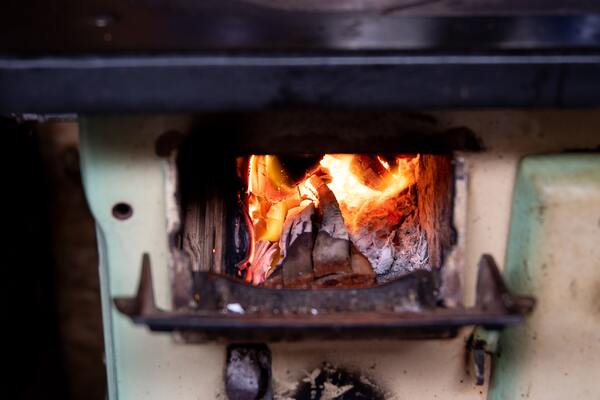
It’s very easy to start a fire in a wood stove using fatwood. You’ll need three things, including:
- Fatwood
- Fuel wood (split or collected wood that’s dry and seasoned)
- Match or lighter
To build a small, short burning fire:
- Light four sticks of fatwood. These should stay lit long enough to light the fuel wood.
- Place two lit sticks on the bottom of the wood stove. Create an X shape with the other two sticks over the two at the bottom of the furnace, providing space beneath the fatwood sticks for oxygen flow.
- Set a log on top of the burning fatwood. Allow the fatwood to catch the fuel wood on the fire. As the wood burns down, you can add additional logs as needed.
To build a bigger, longer burning fire:
- Place three or four unlit sticks of fatwood in the wood stove. Cross two of the sticks on top of the other(s). This lifts the sticks to provide airflow beneath them, so they remain lit.
- Set up several fuel logs in your desired shape. Some people like the traditional teepee shape, whereas others prefer other lays, like a lean-to or log cabin. How you arrange them doesn’t matter. Just ensure you maintain access to the fatwood sticks.
- Light the sticks of fatwood on the ends. Ensure the flames are making contact with the fuel wood.
- Rearrange wood as the fire burns down. You may need to rearrange the wood as the fire burns down to adjust airflow and fuel.
After you set a fire with fatwood, you should mind that it will burn hotter and stronger, so you should probably not leave it unattended too much.
Additionally, when you are finished using the stove, you will likely have to use some tactics to safely and quickly cool it down to prevent any accidents.

